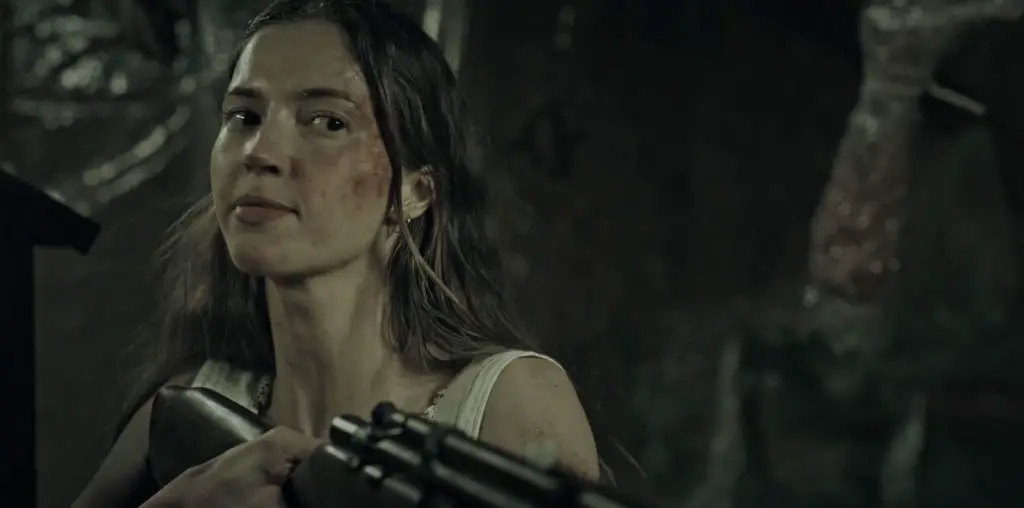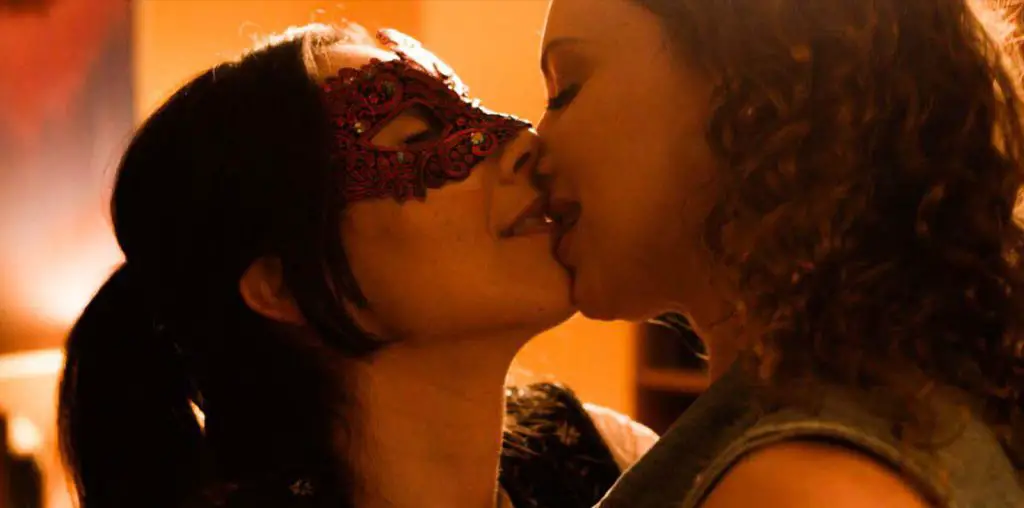
(The following article is excerpted from The History of Independent Cinema by Film Threat’s contributing editor Phil Hall. The book is now available from BearManor Media.)
At this moment, we should pause and pay tribute to a man whose contributions to the world of independent cinema are usually ignored, which is strange since he created a concept that remains with us to this day: the film franchise. But maybe it is not so strange, since the first attempt at creating a film franchise was a quick and painful dud. The man responsible for this was L. Frank Baum.
Yes, this is the same L. Frank Baum who sent a Kansas farm girl and her little dog over a rainbow. Baum’s 1900 book “The Wonderful Wizard of Oz” brought for a flurry of Oz-related books, creating one of the most lucrative literary properties of the early 20th century. Baum expanded his view to the stage, and in 1902 a musical version of the novel called “The Wizard of Oz” in Chicago in 1902. The show moved to Broadway in 1903 and was a huge hit. The production later became a successful road show presentation.
In 1910, Baum permitted the Selig Polyscope Company to create a 13-minute production called “The Wonderful Wizard of Oz,” which boiled down the 1902 musical for the short silent film format. Selig quickly created three sequels to this title, but these films are now lost (the initial 1910 film was considered lost for many years, but it has been located and preserved).
In 1914, however, Baum thought it would make sense if he tried to bring the Oz stories to the big screen. As a business concept, this made sense – the popularity of the movies had grew substantially in the four years since the first attempt at an Oz-related film. Rather than license the rights to his stories to others, Baum took the bold step of being in charge of the film adaptation of his work. This marked the first time that a writer demanded full artistic control over the film versions of his work.
Baum and three business partners (Louis F. Gottschalk, Harry M. Haldeman and Clarence R. Rundel) created the Oz Film Manufacturing Company in Los Angeles. Curiously, the first production from this new independent film venture was not based on the original classic “The Wonderful Wizard of Oz” (the Selig film did not make that kind of an impact as to rule out a new film version). Instead, Baum chose to create a feature-length film based on a later book called “The Patchwork Girl of Oz.”
The resulting film could charitably be described as a mess. It is also not clear why Baum jettisoned much of that book’s plot and nearly all of its gentle charm in favor of a raucous, Mack Sennett-style romp. The film is wall-to-wall madness, with knockabout, acrobatics, chases and slapstick animals (played by Fred Woodward, who turned up in the Oz films playing animal characters in conspicuously raggedy costumes).
Based on the high name recognition of the Oz books, “The Patchwork Girl of Oz” was picked up for release by Paramount Pictures. But the film was a commercial disaster – audiences that loved the book hated the film, and those who didn’t know the book weren’t particularly impressed by the frenetic knockabout. The film’s failure was a lethal blow to Baum and his partners, and they struggled to recover from their error.
The next film was “The Magic Cloak of Oz,” and its inclusion in the Oz film series was even more puzzling since this was not part of the Oz book series, but was adapted from another Baum book, “Queen Zizi of Ix.” However, Baum was quoted as saying this the best book he ever wrote, which may explain how it got on film.
Actually, it didn’t stay on film very long. The Oz Film Manufacturing Company turned out a five-reel production. Yet the film followed “The Patchwork Girl of Oz” as a box office failure. Paramount withdrew the film and resubmitted for theatrical release in 1917 as a three-reel version called “The Magic Cloak” (apparently, the word “Oz” in the title was becoming box office poison). For the film’s British release, it was cut up into a pair of two-reelers, “The Magic Cloak” and “The Witch Queen.” One reel from the original print was jettisoned and remains lost to this day. Even in this truncated state, the film found no favor.
Baum and his partners decided to give their film venture another shot, and this time they brought in the characters that everyone associated with Oz. “His Majesty, the Scarecrow of Oz” found the Yellow Brick Roadsters in a new adventure written especially for the screen (the first and only time Baum created an Oz story that was not meant for publication). This tale involved King Krewl, the autocratic ruler of the Emerald City, who tries to force the beautiful Princess Gloria to marry against her will (she’s in love with a gardener’s son).
The story gets fairly complicated and (by contemporary standards) strange: the Tin Man decapitates the Wicked Witch with his axe (she reattaches her head), the Wicked Witch turns the gardener’s son into a kangaroo, the Wizard of Oz traps the Wicked Witch in a giant can, the Scarecrow flirts with a mermaid and engages in a jaunty jig with a giant bird, and everyone somehow winds up in King Krewl’s castle, where the mean leader is tied up and dragged off to be executed.
By this point, Paramount didn’t want anything to do with Baum’s films and declined to distribute “His Majesty, the Scarecrow of Oz.” The Oz Film Manufacturing Company tried to self-distribute the movie, but their efforts were not successful.
The Oz Film Manufacturing Company sought to switch gears to a different side of the rainbow. Subsequent films included a feature based on Baum’s non-Oz “The Last Egyptian” and a series of comic fantasy shorts. The company re-released “His Majesty, the Scarecrow of Oz” under the title “The New Wizard of Oz.” Sadly, none of these worked. Baum’s son took over operations, changed the company’s name to Dramatic Feature Films, and made two films: a slapstick short called “Pies and Poetry” and a melodrama based on the then-current World War I called “The Gray Nun of Belgium.” The films were flops. By the end of the 1915, Baum’s connection to the movie world end. He died in 1919, recalled for his literary contributions but not his cinematic output.
The failure to establish a film franchise based on the Oz stories was, in retrospect, not surprising. In the silent movie world, these stories came across like weird and silly riffs. The charm and delight of Baum’s writing were lost, and the resulting void was filled with chaos that bore little resemblance to the beloved adventures of Dorothy and her friends. The same problem bedeviled comic Larry Semon, whose 1925 independent feature “Wizard of Oz” was little more than an excuse for lame slapstick at the expense of a Baum-inspired plot.
Film franchises, of course, managed to take off despite Baum’s shortcomings. And while few people may realize his pioneering work in this sector of the movie world, he is deserving of recognition and tribute for setting us off on the road (yellow bricked or otherwise).

